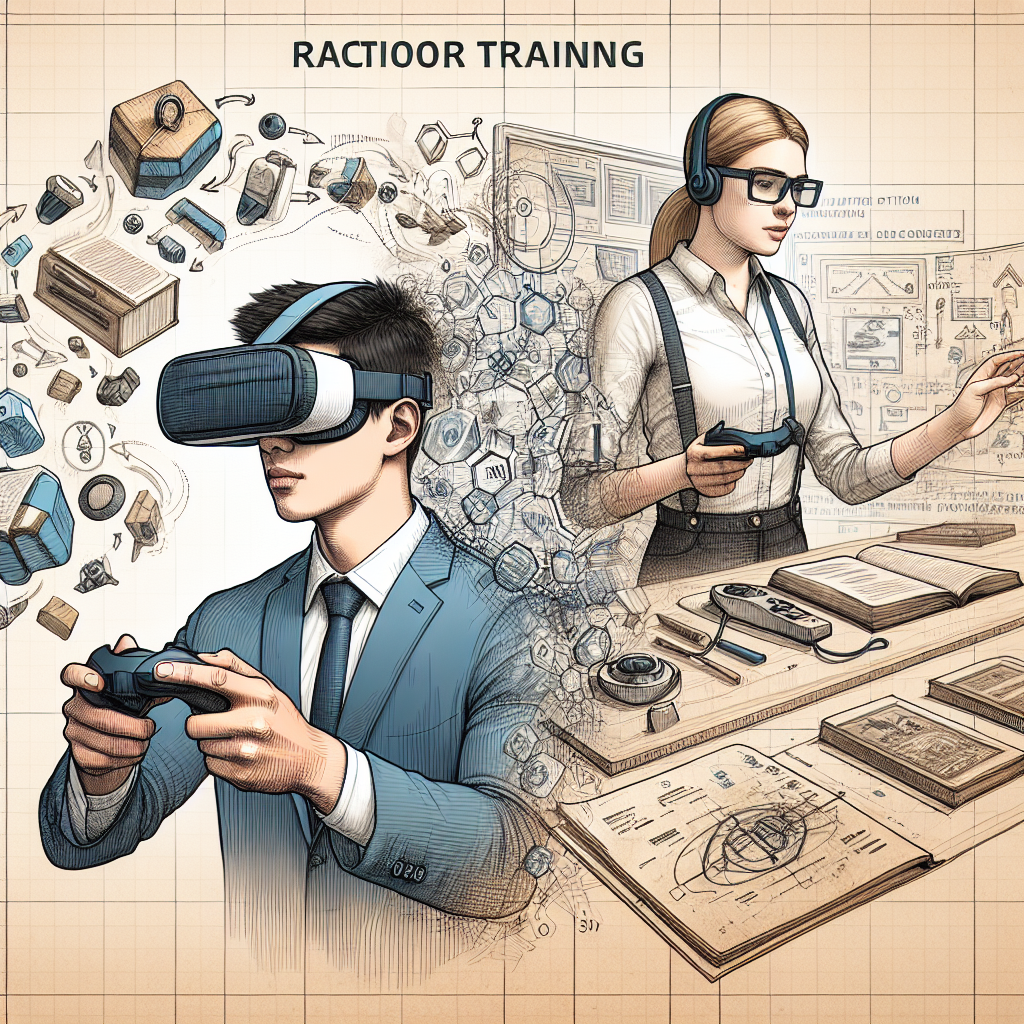The Impact of AR Technology on Simulation Training: Enhancing Skill Development
Simulation training has been a popular method for developing and enhancing skills in various industries, including healthcare, aviation, and military. It allows trainees to practice in a controlled environment without the risk of real-world consequences. However, as technology continues to advance, new methods are being introduced to make simulation training more realistic and effective. One such method is the use of Augmented Reality (AR) technology.
AR technology integrates digital information with the user’s physical environment in real-time, creating an immersive experience. By overlaying virtual elements onto the real world, AR technology enhances the trainee’s perception of the environment and allows for interactive and dynamic training scenarios.
The integration of AR technology into simulation training has had a significant impact on skill development. Here are some ways in which AR technology enhances simulation training:
1. Realistic Scenarios: AR technology allows trainers to create highly realistic and immersive scenarios for trainees. By overlaying virtual elements onto the real world, trainers can simulate real-world situations that trainees may encounter in their field of work. This helps trainees to better prepare for and react to different scenarios.
2. Interactive Feedback: AR technology provides instant feedback to trainees during simulation training. Trainers can overlay feedback elements onto the real world, such as performance metrics, guidance, or warnings, to help trainees understand their performance and make improvements in real-time. This interactive feedback accelerates the learning process and enhances skill development.
3. Collaborative Training: AR technology enables trainers and trainees to collaborate in real-time during simulation training. Trainers can remotely monitor trainees’ performance and provide guidance or instructions through AR interfaces. This allows for more personalized and effective training experiences, leading to better skill development outcomes.
4. Enhanced Immersion: AR technology enhances the immersion of simulation training by creating a more engaging and interactive environment. Trainees feel more connected to the training scenarios and are more motivated to actively participate and learn. This increased immersion leads to better retention of learned skills and knowledge.
5. Cost-Effective Training: AR technology can significantly reduce the costs associated with simulation training. Traditional simulation training often requires expensive equipment and resources, whereas AR technology can be easily integrated into existing devices, such as smartphones or tablets. This makes simulation training more accessible and cost-effective for organizations of all sizes.
FAQs
Q: How does AR technology differ from Virtual Reality (VR) technology in simulation training?
A: While both AR and VR technologies create immersive experiences, they differ in how they interact with the user’s physical environment. VR technology creates a completely virtual world that users can interact with, while AR technology overlays virtual elements onto the real world. In simulation training, AR technology is often preferred for its ability to enhance real-world scenarios and interactions.
Q: Is AR technology suitable for all industries for simulation training?
A: Yes, AR technology can be applied to various industries for simulation training, including healthcare, aviation, manufacturing, and more. The versatility of AR technology allows trainers to create customized and industry-specific training scenarios that can benefit trainees in diverse fields.
Q: Will AR technology replace traditional simulation training methods?
A: While AR technology offers numerous benefits for simulation training, it is unlikely to completely replace traditional methods. Instead, AR technology can complement existing training methods and enhance the overall training experience. Trainers can choose to integrate AR technology into their training programs to meet specific learning objectives and goals.
Q: How can organizations implement AR technology for simulation training?
A: Organizations can implement AR technology for simulation training by partnering with technology vendors or developers who specialize in AR solutions. Trainers can work closely with these experts to design and create customized AR training scenarios that meet the organization’s unique needs and requirements. Additionally, organizations can invest in AR-enabled devices, such as smart glasses or tablets, to deliver AR-enhanced simulation training to trainees.
